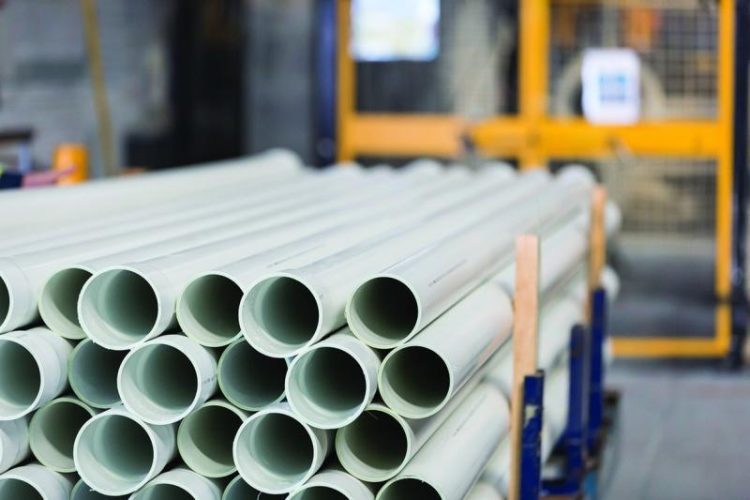PVC Pipe Manufacturing Plant Cost: A Comprehensive Overview

The cost of setting up a PVC pipe manufacturing plant is a crucial factor for aspiring entrepreneurs. This article delves into the key components that influence the overall cost, providing a comprehensive breakdown to assist in making informed decisions.
Factors Affecting PVC Pipe Manufacturing Plant Cost
The cost of establishing a PVC pipe manufacturing plant is influenced by several factors:
1. Plant Capacity
The initial and operational costs are directly proportional to the plant’s production capacity. A larger plant with higher output requires substantial investment in machinery, infrastructure, and labor. Key considerations include:
- Desired production volume: Determine the target market and demand for PVC pipes to assess the optimal plant capacity.
- Product range: The variety of PVC pipes produced (diameter, thickness, type) impacts machinery requirements and space allocation.
- Market analysis: Conduct thorough market research to identify demand trends and competition.
2. Machinery and Equipment
The core of a PVC pipe manufacturing plant is its machinery and equipment. Costs vary based on technology, automation level, and brand reputation. Essential components include:
- PVC resin mixer: Blends PVC resin with additives for uniform composition.
- Extruder: Melts the PVC compound and forms the pipe shape.
- Cooling tank: Cools the extruded pipe for solidification.
- Cutting machine: Cuts the pipe to desired lengths.
- Printing machine (optional): For product branding and identification.
- Auxiliary equipment: Includes conveyors, dryers, and material handling systems.
3. Plant Layout and Infrastructure
The plant’s layout and infrastructure significantly impact costs. Considerations include:
- Land area: The required land size depends on plant capacity and ancillary facilities.
- Building construction: The type of building (prefabricated, concrete) affects construction costs.
- Utilities: Electricity, water, and gas connections are essential and incur expenses.
- Storage facilities: Space for raw materials, finished products, and waste is necessary.
4. Raw Materials
PVC resin is the primary raw material, followed by additives like stabilizers, lubricants, and pigments. Cost fluctuations in raw material prices impact overall production expenses. Factors to consider:
- PVC resin quality: The type of resin affects pipe properties and cost.
- Supplier reliability: Secure consistent raw material supply at competitive prices.
- Inventory management: Efficient inventory control minimizes storage costs and prevents stockouts.
5. Labor Costs
Labor constitutes a significant portion of operating expenses. Factors influencing labor costs include:
- Skillset requirements: Skilled operators are essential for efficient production.
- Wage rates: Regional labor costs vary, affecting overall expenditure.
- Automation level: Higher automation reduces labor dependency but increases initial investment.
6. Permits and Licenses
Obtaining necessary permits and licenses is crucial for legal operation. Costs vary based on location and regulatory requirements.
7. Research and Development
Continuous research and development (R&D) is vital for product innovation and cost reduction. Allocate budget for R&D activities to stay competitive.
Cost Breakdown
Providing a precise cost estimate without specific details is challenging. However, a general breakdown can offer a preliminary understanding:
- Machinery and equipment: 40-50% of total cost
- Building and infrastructure: 20-30% of total cost
- Land acquisition: 5-10% of total cost
- Raw materials: 10-15% of operating costs
- Labor: 15-20% of operating costs
- Utilities and overheads: 5-10% of operating costs
Cost-Saving Strategies
To optimize costs, consider the following strategies:
- Used machinery: Explore purchasing used equipment in good condition to reduce initial investment.
- Energy efficiency: Implement energy-saving measures to lower utility bills.
- Waste management: Minimize material wastage through efficient production processes.
- Negotiation: Build strong relationships with suppliers to negotiate favorable terms.
- Automation: Invest in automation to increase productivity and reduce labor costs.
Conclusion
Establishing a PVC pipe manufacturing plant requires careful planning and financial analysis. By considering the factors discussed above and implementing cost-saving strategies, entrepreneurs can make informed decisions and optimize their investment. It is essential to conduct thorough market research, assess competition, and develop a robust business plan to ensure the plant’s long-term success.





